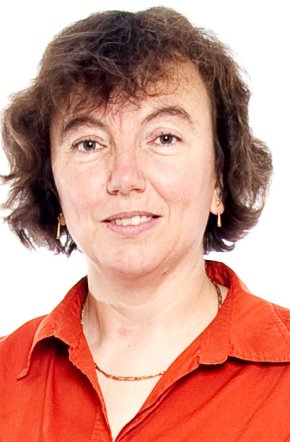
GRAHAMSTOWN academic Dr Lee-Anne McKinnell, who is over the moon after recently being appointed to the inaugural board of the South African National Space Agency (Sansa), says there is no reason to believe that the country cannot look into space launch capabilities in the future.
“We are dreaming big, and there is reason to believe that down the line we will look into launch capabilities,” she said this week.
Dr McKinnell, who has been dubbed Rhodes University’s “Ion Lady”, is an ionospheric research physicist at the university.
“I feel honoured to have been selected for the board, and I feel very privileged to be given the opportunity to have a significant role in the future of space science in South Africa,” McKinnell told Weekend Post this week.
Boldly going where no group of South African space experts, professionals and academics have gone before, the 13-member board will be responsible for overseeing the agency, monitoring research priorities and programmes, effecting the agency’s strategy and reporting to government.
According to McKinnell, Sansa’s primary mandate will be:
The promotion of the peaceful use of space;
Supporting the creation of an environment conducive to industrial development of space technology;
The fostering of research in space science, communications navigation and space physics, which would advance scientific, engineering and technological competencies, and;
The fostering of international co-operation in space-related activities.
Holding no less that four degrees, all earned at Rhodes University, McKinnell has spent about 16 years conducting ionospheric research – which studies a layer of plasma located in the upper atmosphere between 85km and 600km above the earth.
Among a range of other attributes, this atmospheric layer is important because one of its natural properties reflects certain frequencies of radio waves.
This, explained McKinnell, means that any application that uses radio waves will in some way be affected by the presence of the ionosphere.
Of South Africa’s space launch capabilities, she said: “We are dreaming big, and there is reason to believe that down the line we will look into launch capabilities. We have a legacy to leave the next generation and I believe that we are laying the foundation for even greater heights to be reached.
“But before we get there, we have the very exciting task to develop ideas for home-grown South African payloads that will assist in developing capacity in space technology, satellite design and construction, data processing and analysis, research into that data and space weather applications.”
McKinnell has already interacted with a number of foreign space agencies, including Nasa, and now also wears the caps of space physics manager and researcher.
Married, “with two adorable dogs”, McKinnell spends a significant portion of her time at the Hermanus Magnetic Observatory where she also studies the earth’s magnetic field, along with other Rhodes University postgraduate students, and works in the capacity of acting managing director of the observatory.
Asked how she developed her interest in her fields of expertise, McKinnell said: “I had always had a fascination with how things work, and as I grew older, I narrowed that fascination down to a distinct need to understand how radio waves propagate, and originate, and provide us with communication.
“Therefore, I chose a physics- based degree. Rhodes has an undergraduate programme in physics and electronics which allowed me to do both interests and then choose between them.
“I chose radio and physics primarily because Rhodes had a very active ionospheric research group which is an ideal way to combine both interests.”
She said being a member of the Sansa board gave her the opportunity to play a major role in the space science landscape being set out in South Africa.
“It allows me to contribute to the future that we are creating for the generation to come – an exciting future in which South Africa has the technology and expertise to make adequate and intelligent use of the space environment to satisfy the needs of the people.”
By Shaun Gillham
Source click here
